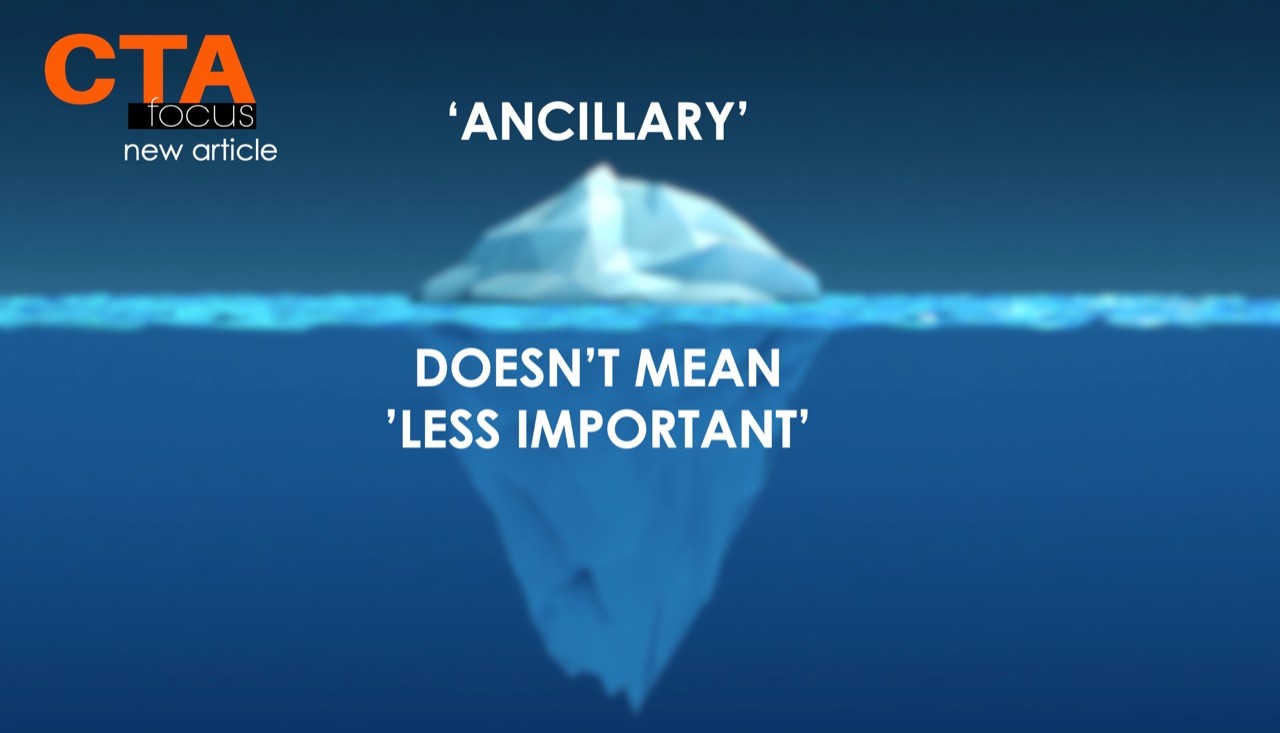
‘ANCILLARY’ DOESN’T MEAN ‘LESS IMPORTANT’
Clinical Trial Agreements (CTAs) are very often accompanied by Ancillary Agreements to cover services which are required by Protocol, but – by various reasons – neither Institutions nor Investigators cannot provide them under regular CTAs.
It is a wide spread practice when a negotiator focuses strictly on CTAs thinking that Ancillary Agreements are something that can be dealt with later. And very often such approach leads to undesirable consequences.
From one hand, it is understandable – in many cases (depending of a country and company’s SOPs) the Ancillary Contracts are not required for site activation or regulatory submission or approval and the contracts negotiator aiming to shorten start-up timelines of a study focuses on CTAs first to meet activation timelines and make trackers look ‘pretty’.
But we think such approach is quite misleading, and these are some arguments:
- Even if there is no need to have fully executed Ancillary Agreements for site initiation, there is a high possibility that ancillary services shall be performed at Screening visit. Why do we need an activate site who cannot start screening patients?
- Ancillary Agreements yet require thorough negotiation – they shall contain the same level of all stakeholders’ protection that is contained in the CTAs, budget part shall also satisfy the parties. Sometimes negotiation of an Ancillary Agreements takes even longer than CTAs.
- In some cases, a detailed investigation shall be conducted before ancillary facility is contracted. Facilities recommended by investigators may have no license to render services in clinical trials, patients’ insurance protection may be restricted to site-only, etc.
Thus, Ancillary Agreements shall be treated with the same level of attention and accuracy, as those of CTAs. Making trackers ‘pretty’ can a play a low-down trick with a negotiator and negatively impact patient recruitment timelines.
We encourage our subscribers to share your thoughts on the topic!
